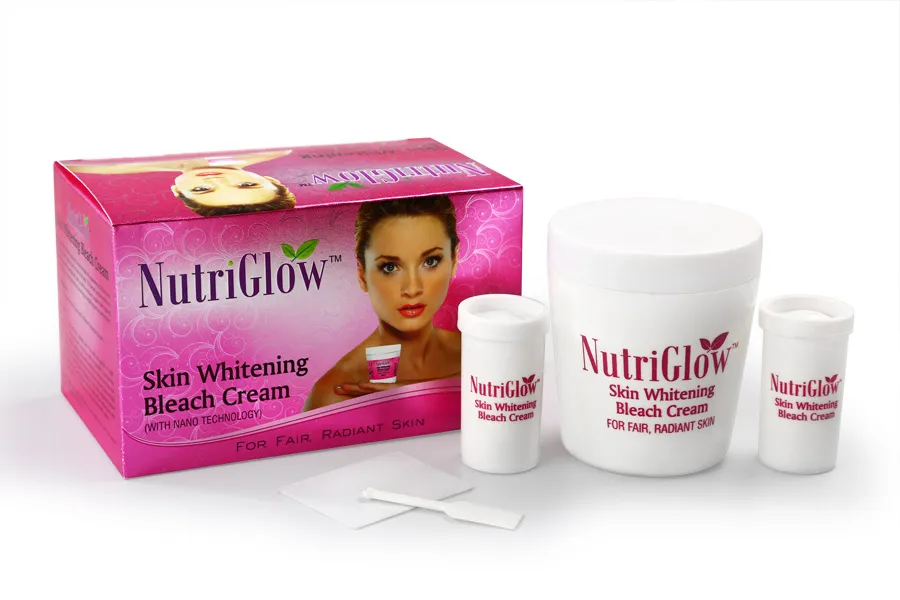Understanding Whitening Creams The Basics
Embarking on a journey to achieve brighter, more even-toned skin often leads individuals to explore the world of whitening creams. These products, also known as bleaching creams, are designed to lighten the skin by reducing the production of melanin, the pigment responsible for skin color. Understanding the fundamentals of whitening creams is crucial before incorporating them into your skincare routine. This involves knowing what these creams are, how they work, and the key ingredients that contribute to their effectiveness. This knowledge equips you to make informed decisions and achieve the desired results safely and effectively, paving the way for a more radiant complexion and boosting your self-confidence.
What is Whitening Cream
Whitening creams, at their core, are cosmetic products formulated to lighten areas of the skin or even out the skin tone. They target hyperpigmentation, which includes dark spots, age spots, freckles, and uneven skin tones. The term “whitening” is often used interchangeably with “lightening” or “brightening” in the skincare industry. These creams work by interfering with the production or distribution of melanin, reducing the amount of pigment in the skin and resulting in a lighter appearance. They come in various formulations, including creams, lotions, gels, and serums, each offering different textures and application methods, to cater to different skin types and preferences.
How Whitening Creams Work
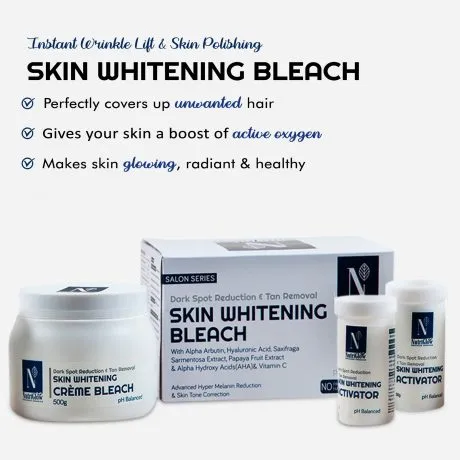
The mechanism of action behind whitening creams is centered around influencing melanin production. Melanin is synthesized by melanocytes, specialized cells in the skin. Whitening creams contain active ingredients that target different stages of melanin production. Some ingredients inhibit the enzyme tyrosinase, which is essential for melanin synthesis. Others may disrupt the transfer of melanin to skin cells or exfoliate the skin to remove pigmented cells. The effectiveness of a whitening cream largely depends on the concentration of the active ingredients, the formulation of the product, and the individual’s skin type and condition. Consistent use, as directed, is key to achieving visible results over time.
Whitening Cream Ingredients to Know
The effectiveness of whitening creams is heavily reliant on the active ingredients used in their formulations. Understanding these key components is essential for making informed choices and managing expectations. The most common and effective ingredients include hydroquinone, which inhibits tyrosinase, arbutin, a natural derivative of hydroquinone, kojic acid, also a tyrosinase inhibitor, and vitamin C, an antioxidant that can lighten skin and protect against sun damage. Other ingredients, such as niacinamide, licorice extract, and azelaic acid, also contribute to skin lightening and evening out skin tone. The selection and concentration of these ingredients vary by product, impacting their effectiveness and potential side effects.
Key Ingredients and Their Benefits
Several ingredients are known for their skin-lightening properties. Hydroquinone is potent but requires careful use due to potential side effects. Arbutin offers similar effects with potentially fewer side effects. Kojic acid is another popular choice, known for its antioxidant and skin-lightening abilities. Vitamin C, a potent antioxidant, not only brightens skin but also protects against environmental damage. Niacinamide helps to reduce hyperpigmentation and improve skin barrier function. Licorice extract contains glabridin, which inhibits tyrosinase. Azelaic acid has anti-inflammatory properties and can also help with skin lightening. Each ingredient offers unique benefits, and formulations often combine several ingredients to maximize effectiveness.
Choosing the Right Whitening Cream
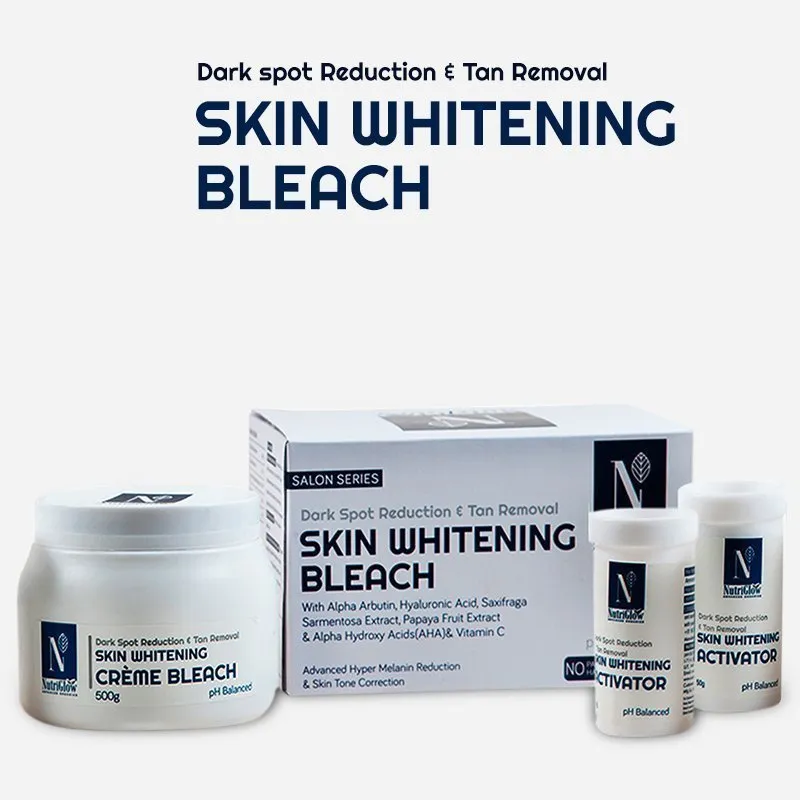
Selecting the appropriate whitening cream is a critical step for achieving desired results without compromising skin health. This involves considering your skin type, the specific concerns you want to address, and the potential side effects associated with different ingredients. Consulting a dermatologist is highly recommended to receive personalized advice and guidance. They can assess your skin, identify the underlying causes of hyperpigmentation, and recommend products that align with your individual needs. Careful evaluation ensures you choose a product that effectively addresses your concerns while minimizing the risk of adverse reactions and protecting your skin’s health.
Skin Type and Whitening Cream Compatibility
The compatibility of a whitening cream with your skin type is a crucial factor for safe and effective use. Individuals with sensitive skin should opt for gentler formulations containing ingredients like niacinamide, licorice extract, or arbutin, and should avoid strong concentrations of hydroquinone. Those with oily or acne-prone skin might benefit from creams with azelaic acid, which has anti-inflammatory properties. Dry skin types should look for hydrating formulations. Always perform a patch test before applying any new cream to a larger area of skin to check for adverse reactions. Understanding your skin type allows you to choose products that work harmoniously with your skin’s specific needs.
Product Reviews and Recommendations
Before selecting a whitening cream, it’s essential to research and read product reviews from other users. This can provide valuable insights into the effectiveness of the product, its ease of use, and any potential side effects. Look for reviews that specifically address your skin concerns. Consider recommendations from dermatologists and skincare professionals. While individual experiences may vary, a consensus of positive reviews suggests a product’s efficacy. Be cautious of overly exaggerated claims and prioritize products with transparent ingredient lists and positive user feedback. Checking reviews and consulting professionals helps you to find a whitening cream that is both effective and suitable for your skin.
Application Techniques for Best Results
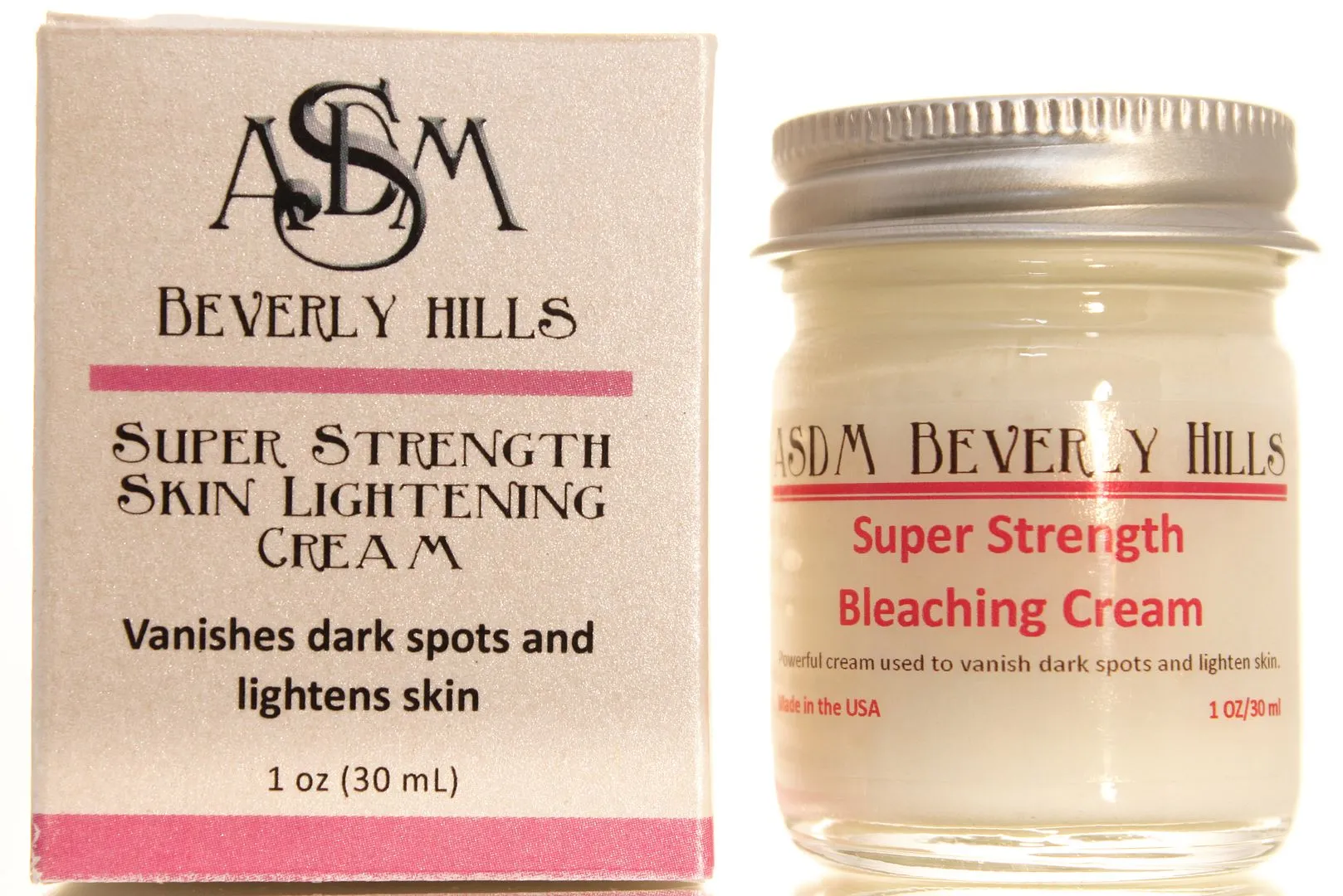
Proper application techniques are crucial for maximizing the effectiveness of whitening creams and minimizing potential side effects. Following the product’s instructions is important. Typically, creams are applied to clean, dry skin, usually once or twice daily, and only to the affected areas. Avoid applying the cream to sensitive areas such as the eyes and lips. Consistency is key; apply the cream regularly as directed to achieve noticeable results. The use of a broad-spectrum sunscreen with a high SPF is essential during the day to protect the skin from further sun damage, which can worsen hyperpigmentation. Combining proper application with a comprehensive skincare routine significantly enhances outcomes.
Step-by-Step Application Guide
Here’s a basic step-by-step guide. Start by cleansing the skin with a gentle cleanser to remove any impurities. Pat your skin dry. Apply a small amount of whitening cream to the affected areas, using your fingertips to gently massage it into the skin. Be careful to avoid sensitive areas. Allow the cream to absorb completely before applying any other skincare products. Always wash your hands thoroughly after application. During the day, always follow up with a broad-spectrum sunscreen. This protects your skin from harmful UV rays, which can exacerbate hyperpigmentation. This is a general guide; always follow the specific instructions provided with your chosen product.
Optimizing Your Skincare Routine
Integrating a whitening cream into a well-rounded skincare routine is essential for achieving the best results. Use a gentle cleanser suitable for your skin type to prepare your skin before applying the cream. Incorporate products that support skin health and complement the action of the whitening cream. These may include serums with antioxidants such as vitamin C, which help brighten the skin and protect it from environmental damage. Regular exfoliation, once or twice a week, can remove dead skin cells and improve the absorption of the whitening cream. Hydrating moisturizers help to maintain skin health and reduce the risk of irritation. A comprehensive routine maximizes the effectiveness of the cream.
Expected Results and Timeline
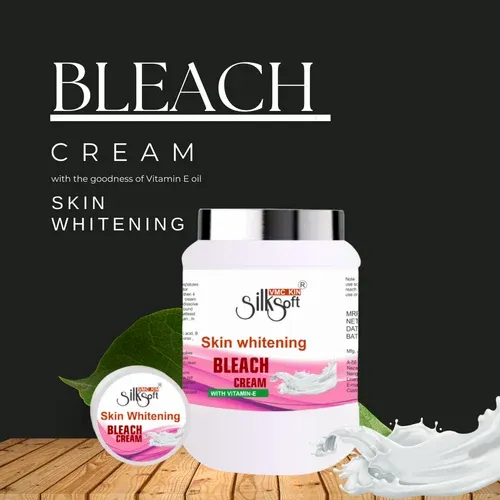
Understanding the expected results and timeline is crucial for setting realistic expectations and avoiding disappointment. The time it takes to see results from a whitening cream varies depending on the product, the concentration of active ingredients, the severity of the hyperpigmentation, and the individual’s skin type. Generally, you may start to see subtle changes within a few weeks of consistent use, with more noticeable improvements appearing after several months. Be patient and consistent with your skincare routine, and remember that results are gradual. Monitor your skin for any signs of irritation or adverse reactions, and consult with a dermatologist if needed.
Realistic Expectations for Whitening Creams
It is important to have realistic expectations when using whitening creams. These products are designed to lighten the skin and reduce hyperpigmentation, but they may not completely eliminate dark spots or achieve perfect uniformity of skin tone. Results depend on factors such as the type and severity of the pigmentation. Results also depend on how well the product is applied and on individual skin characteristics. A gradual improvement in skin tone and a reduction in the appearance of dark spots are more realistic goals. Consider whitening creams as a tool to improve skin appearance, not as a quick fix for all skin problems.
Potential Side Effects and How to Manage Them
Whitening creams can cause side effects. Common ones are skin irritation, redness, dryness, and sensitivity, especially in the beginning. Some ingredients, such as hydroquinone, can cause more severe reactions. If you experience these side effects, reduce the frequency of application, or stop using the cream until your skin recovers. Always perform a patch test before applying a new cream to a larger area. Use a gentle, hydrating moisturizer to soothe the skin. Wear sunscreen daily to protect your skin from further damage. Consulting a dermatologist helps to identify and manage side effects and adjust your skincare routine.
Long-Term Skin Care Maintenance
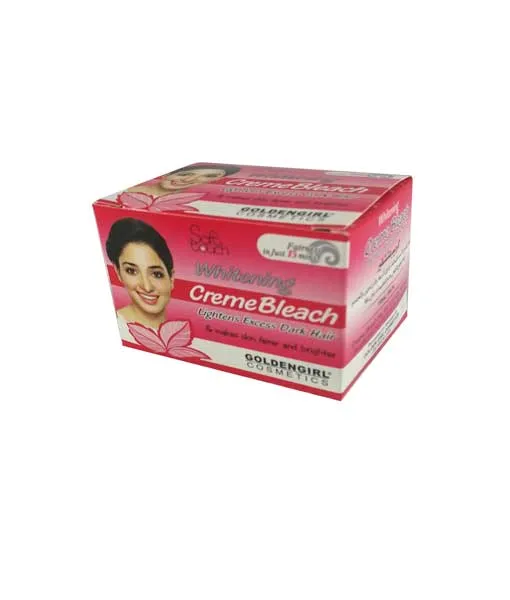
Maintaining the results achieved with a whitening cream requires a consistent long-term skincare strategy. This involves ongoing protection from sun damage and regular skincare practices. Once you achieve your desired results, it may be possible to reduce the frequency of whitening cream use, but continued use of sunscreen is essential. Incorporate skin-brightening ingredients, such as vitamin C serums, and gentle exfoliants into your routine. Regular professional skin evaluations and treatments, such as chemical peels or microdermabrasion, can further enhance and maintain the results. A consistent skincare regimen and sun protection are your best defense against future skin issues.
Protecting Your Skin from Sun Damage
Sun damage is one of the primary causes of hyperpigmentation, so sun protection is essential. Always wear a broad-spectrum sunscreen with an SPF of 30 or higher daily. Reapply sunscreen every two hours, especially when exposed to the sun. Seek shade during peak sun hours, and wear protective clothing, such as hats and sunglasses. Consider the use of sun-protective clothing, such as long sleeves and pants. Consistency in sun protection not only prevents new dark spots from forming but also helps to maintain the results achieved with your whitening cream. This is a continuous effort to preserve your skin’s health and beauty.
Maintaining Results After Whitening
Maintaining the outcomes of your whitening cream treatment requires a proactive and consistent approach. After achieving your desired results, you may not need to use the cream as frequently. You can gradually reduce the frequency of use while still keeping your skin protected. Continue to include skin-brightening ingredients in your routine, such as vitamin C or niacinamide. Routine skincare practices like gentle exfoliation and consistent sun protection will help you. Regular check-ups with a dermatologist can provide guidance and customized recommendations. Continuing to protect your skin, maintaining a consistent skincare routine, and consulting with professionals will help you maintain your results.
